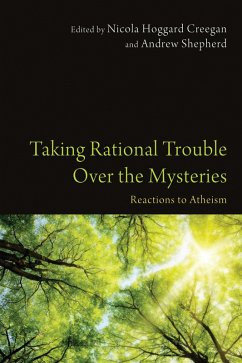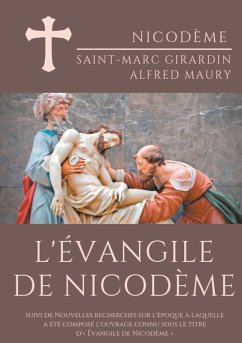An independent research opens a revolutionary perspective in the history of religions and sheds new light on the still unexplained emergence of the buddhist Great Vehicle in the 1st century CE, demonstrating the influence of the early Christians, in the strongly hellenized area of the Kushan Empire (China, Afghanistan, Pakistan, Kashmir, Northern India), heir of Alexander's conquests on the Silk Road, where Greek and Aramaïc were the two main languages currently spoken and written. Two millenia ago, the simultaneous spread of Christianity in the West and the Middle East, and Mahayana Buddhism in the East redrew the World map, but could it be only coincidence? Why did new sutras emphasizing compassion, devotion, voidness, sacrifice and universal salvation emerge in the first decades of our era in the Buddhism of the Origins? Why did, at the same time as Greek-Buddhist art, a 'Western triad' of buddhas appear in Gandhara, composed by a buddha of infinite light, Amitabha, a white bodhisattva of compassion, Avalokiteshvara, the Tibetan Chenrezig, emanated out of Infinite Compassion by the later, and a third one, bringer of power and inspiration, Mahasthamaprapta? Did Zoroastrism and Mithraism played a role in this spiritual revolution and why are some Gnostic texts of Nag-Hammadi so close to the Mahayanist cosmogonies, notions and terms? Furthermore, the sudden and abundant literature and iconography of the Great Vehicle, saw in the same years the appearance of a messianic buddha, Maitreya, of a feminine and salvific figure, embodiment of Wisdom, the Prajnaparamita, that would become Târâ, and of the Western Paradise of the Pure Land, making them very close. In this new turning of the wheel of Dharma, the bodhisattva renouncing Nirvana and sacrifying himelf to free the whole of Humanity kind became the ultimate value. Here are some of the interrogations, among many others, raised by this research and answered in a way never done before.
Dieser Download kann aus rechtlichen Gründen nur mit Rechnungsadresse in A, B, BG, CY, CZ, D, DK, EW, E, FIN, F, GR, H, IRL, I, LT, L, LR, M, NL, PL, P, R, S, SLO, SK ausgeliefert werden.









